Introduction
Wild rose myrtle, scientifically known as Rosa roxburghii, is a species of rose native to China, particularly thriving in mountainous regions. This plant is renowned not only for its beautiful flowers but also for its edible fruits, commonly referred to as wild刺梨 (in Chinese pinyin, “cì lí”). Despite the challenges posed by its thorny exterior, wild刺梨 is highly valued for its nutritional benefits, rich in vitamins C, P, and antioxidants. One of the most traditional methods of preserving these fruits for later use is by drying them. Dried wild刺梨 can be used in teas, infused oils, or as a natural sweetener, making it a versatile ingredient in various culinary preparations.
This article aims to provide a comprehensive guide on how to dry wild刺梨 effectively, ensuring that the final product retains its nutritional value, flavor, and aroma. From selecting the right fruits to storing the dried product, every step is crucial in the preservation process.
Section 1: Harvesting Wild Rose Myrtle Fruits
Harvesting wild刺梨 at the optimal time is the first step towards successful drying. The fruits typically ripen between late summer and early autumn, depending on the climate and geographical location. Here are some key considerations for harvesting:
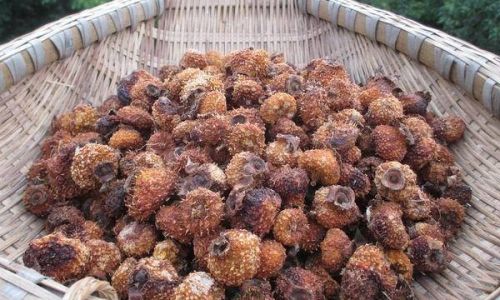
-
Ripeness Check: Wild刺梨 fruits should be fully ripe, with a golden-yellow hue indicating maturity. Avoid picking underripe fruits as they will not dry well and may lose flavor.
-
Thorny Caution: The plants are covered in sharp thorns, so protective clothing such as gloves and long sleeves are essential. Using pruning shears or scissors can help minimize hand contact with the thorns.
-
Selective Harvesting: Pick fruits individually rather than stripping branches, as this allows the plant to continue growing and producing future harvests.
-
Immediate Processing: Once harvested, wild刺梨 fruits should be processed promptly to prevent spoilage. If immediate drying is not feasible, store the fruits in a cool, dry place for no longer than 24 hours.
Section 2: Preparation for Drying
Before drying, wild刺梨 fruits require thorough preparation to ensure even drying and to remove any impurities. Here’s how to prepare them:
-
Cleaning: Gently rinse the fruits under running water to remove dirt, insects, and debris. Avoid soaking them as this could lead to mold development during drying.
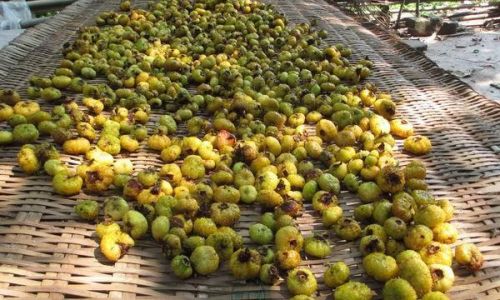
-
Pat Drying: Use a clean cloth or paper towels to pat the fruits dry. Excess moisture can prolong the drying process and increase the risk of mold.
-
Sorting: Separate the fruits by size and quality. Discard any fruits that are damaged, moldy, or overly ripe. Sorting ensures even drying and improves the overall quality of the final product.
-
Slicing (Optional): For faster drying and better penetration of heat, you can slice the fruits into thin pieces. However, whole fruits retain more texture and can be dried successfully if given sufficient time.
Section 3: Methods of Drying Wild Rose Myrtle
There are several methods to dry wild刺梨, each with its own set of advantages and disadvantages. The choice of method often depends on the available resources, desired outcome, and personal preference.
-
Sun Drying
Sun drying is the most traditional and cost-effective method. Here’s how to do it:
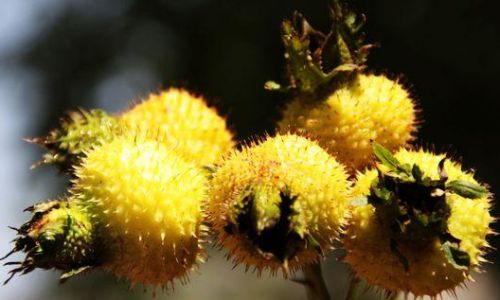
- Spread Out: Place the prepared fruits on clean, dry racks, trays, or screens. Ensure they are not overcrowded to allow for even drying.
- Location: Choose a sunny, well-ventilated area protected from direct rain and animals. A rooftop or an open courtyard works well.
- Turning: Regularly turn the fruits over to ensure even drying on all sides. This may be necessary two to three times a day.
- Duration: Sun drying can take several days to a week, depending on the intensity of sunlight and humidity levels.
-
Dehydrator Drying
Using a food dehydrator is a faster and more controlled method of drying wild刺梨. Here’s how to use it:
- Set Temperature: Preheat the dehydrator to a temperature between 95°F (35°C) and 115°F (46°C). Lower temperatures preserve more nutrients and flavors.
- Arrange Fruits: Spread the fruits evenly on the dehydrator trays, ensuring they are not touching each other.
- Drying Time: Dehydrating wild刺梨 typically takes 8 to 12 hours, depending on the size and thickness of the fruits. Check regularly and adjust the drying time as needed.
- Finish Check: The fruits should be dry and slightly leathery to the touch. They should not feel damp or sticky.
-
Oven Drying
If a dehydrator is not available, an oven can be used, although it requires closer monitoring to prevent overcooking. Here’s how:
- Preheat Oven: Set the oven to its lowest temperature, usually around 150°F (65°C). Some ovens have a specific “keep warm” or “dehydrate” setting.
- Use Racks: Place the fruits on oven racks or baking sheets with wire racks to allow air circulation.
- Prop Open Door: Prop the oven door slightly ajar with a wooden spoon to allow moisture to escape.
- Monitor Closely: Oven drying can take 4 to 8 hours. Check the fruits every couple of hours to ensure they are not overcooked.
- Cool Down: Once done, let the fruits cool completely on the racks before storing.
Section 4: Post-Drying Care
Once the wild刺梨 fruits are fully dried, proper storage is crucial to maintain their quality and extend their shelf life. Here are some tips:
-
Cooling: Allow the dried fruits to cool completely in a well-ventilated area. This helps prevent condensation and mold growth.

-
Storage Containers: Store the dried wild刺梨 in airtight containers made of glass or food-grade plastic. Avoid metal containers as they can react with the fruits’ natural acids.
-
Dark and Cool Place: Keep the containers in a cool, dark place, such as a pantry or cupboard. Avoid direct sunlight and heat, which can degrade the quality of the dried fruits.
-
Moisture Control: Add a packet of desiccant (silica gel) to the container to absorb any residual moisture. This helps maintain the dryness of the fruits.
-
Inspection: Regularly inspect the stored fruits for signs of mold or pests. If any are found, discard the affected fruits immediately to prevent contamination of the entire batch.
Section 5: Uses of Dried Wild Rose Myrtle
Dried wild刺梨 offers a multitude of culinary and health benefits. Here are some popular uses:
-
Teas: Infuse dried wild刺梨 in hot water to make a refreshing and nutritious tea. Its rich vitamin C content boosts immunity and promotes skin health.
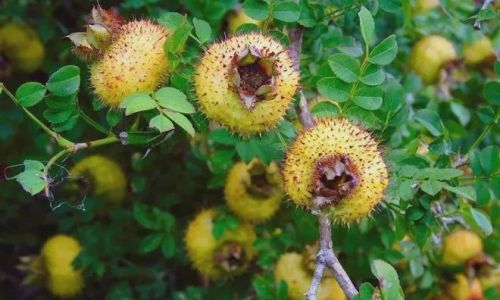
-
Infused Oils: Use dried wild刺梨 to infuse olive oil or other carrier oils. This infused oil can be used in cooking, salads, or as a moisturizing skincare product.
-
Baking: Add dried wild刺梨 to baked goods such as muffins, cakes, and cookies for a unique flavor and nutritional boost.
-
Sweeteners: Blend dried wild刺梨 into a powder and use it as a natural sweetener or flavoring agent in smoothies, yogurt, or oatmeal.
-
Herbal Remedies: In traditional Chinese medicine, dried wild刺梨 is used to treat various ailments, including sore throats, digestive issues, and skin conditions.
Conclusion
Drying wild刺梨 is a time-honored method of preserving this nutritious fruit for year-round enjoyment. By following the steps outlined in this guide, from harvesting and preparation to drying and storage, you can create a high-quality, dried product that retains its natural flavors and health benefits. Whether you choose sun drying, using a dehydrator, or an oven, each method offers a viable path to preserving wild刺梨’s unique charm. With its versatility in culinary applications and health benefits, dried wild刺梨 is a valuable addition to any pantry or herbal remedy collection. Enjoy the process and the delicious, nutritious fruits that come from it!
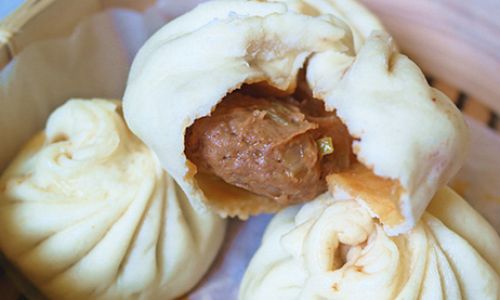
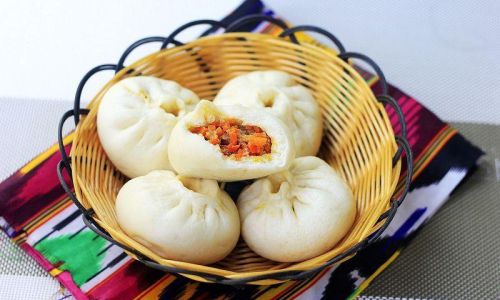
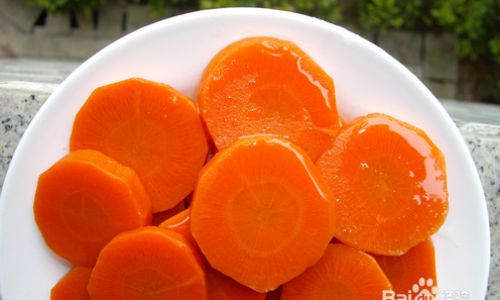


0 comments